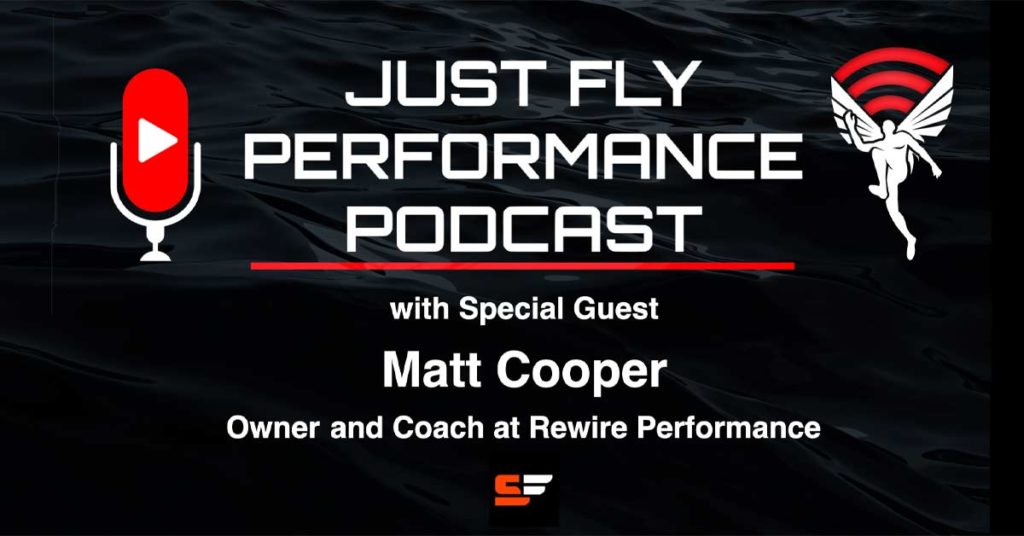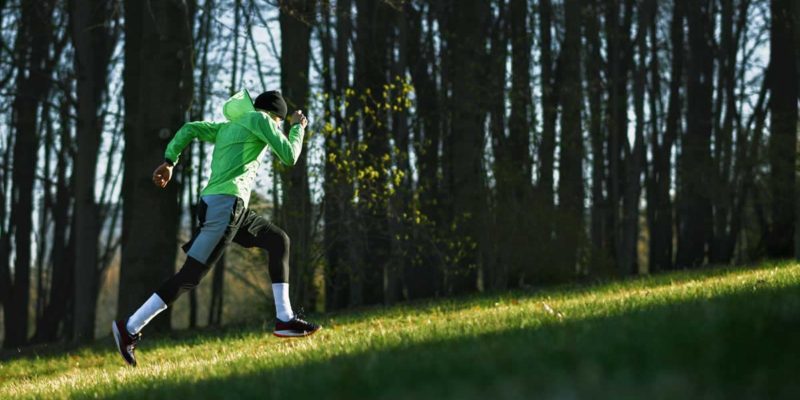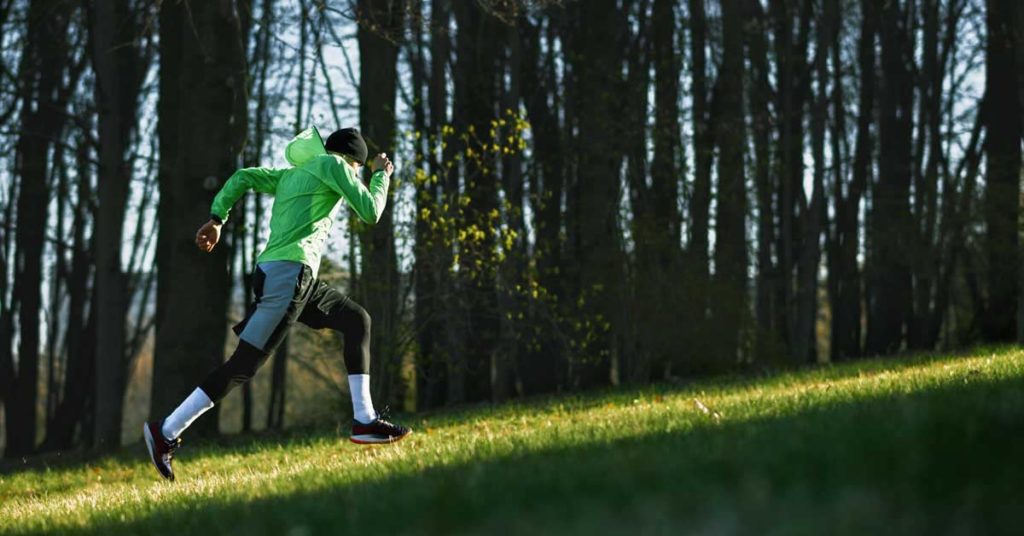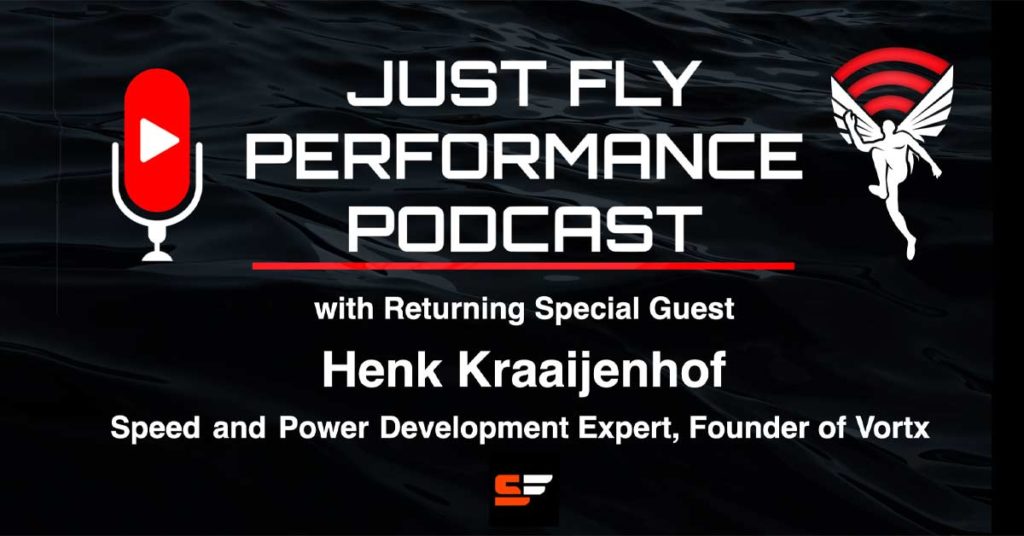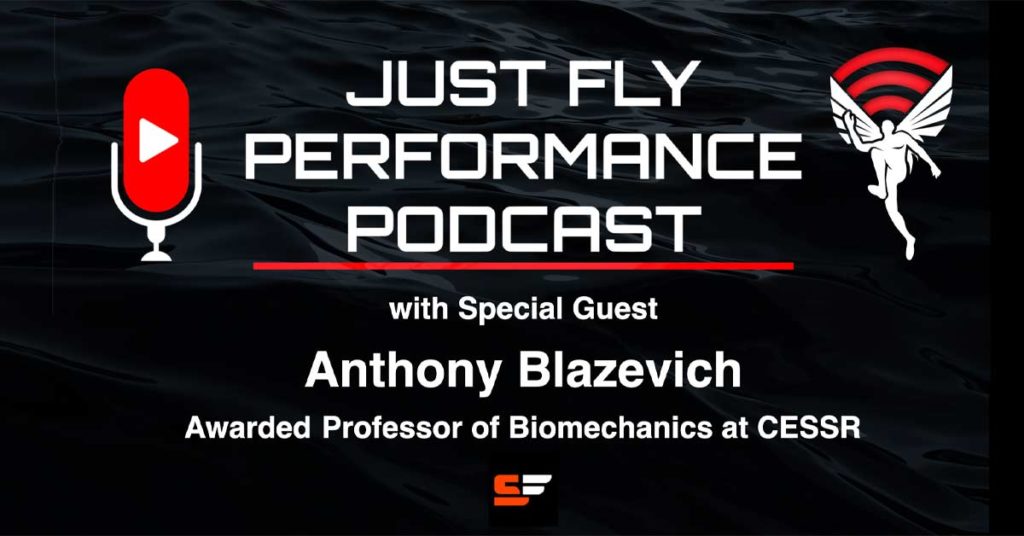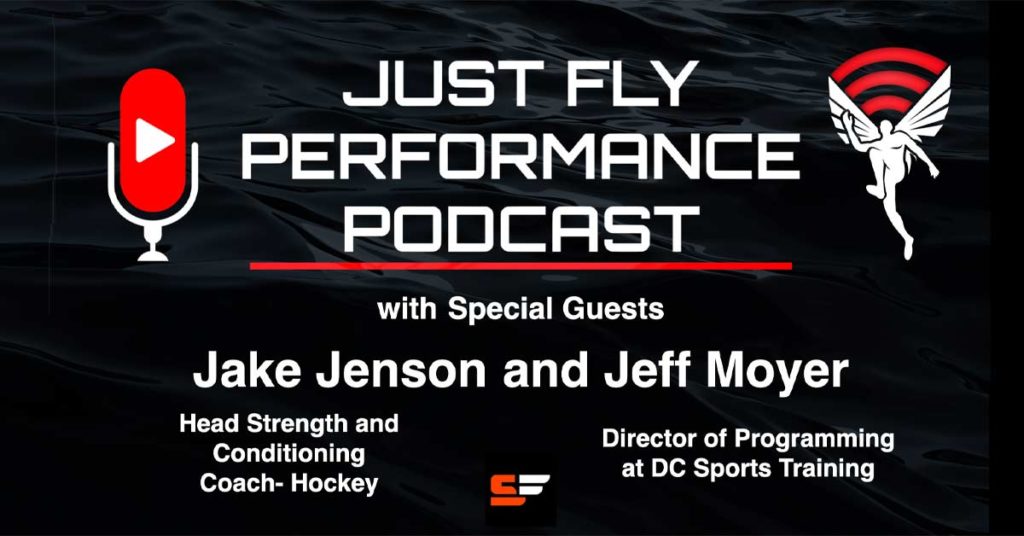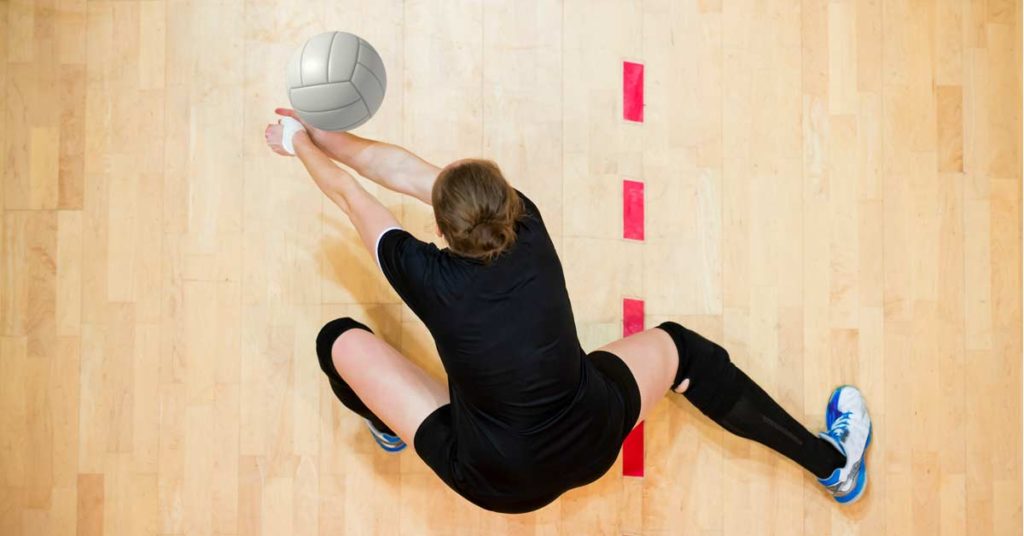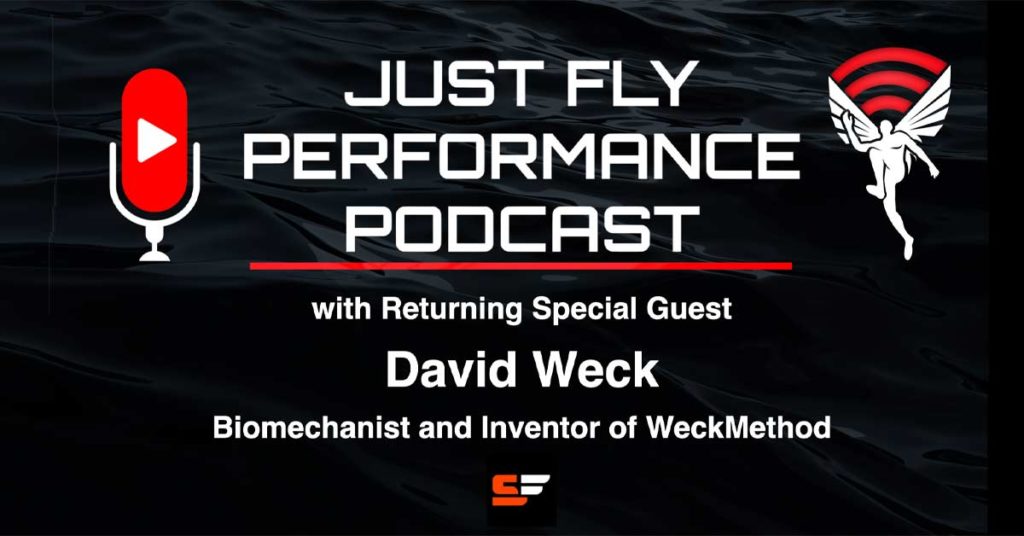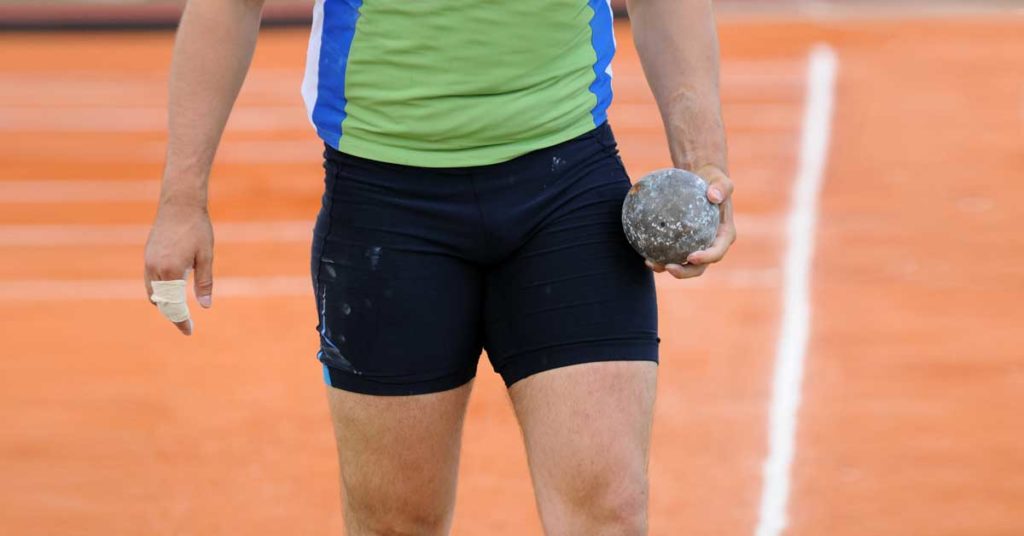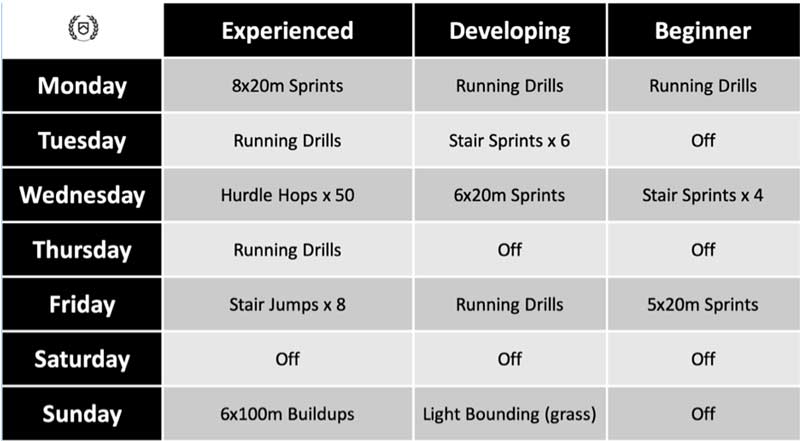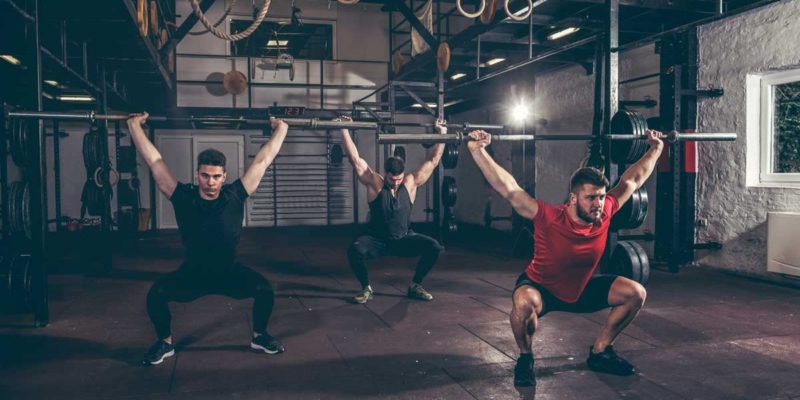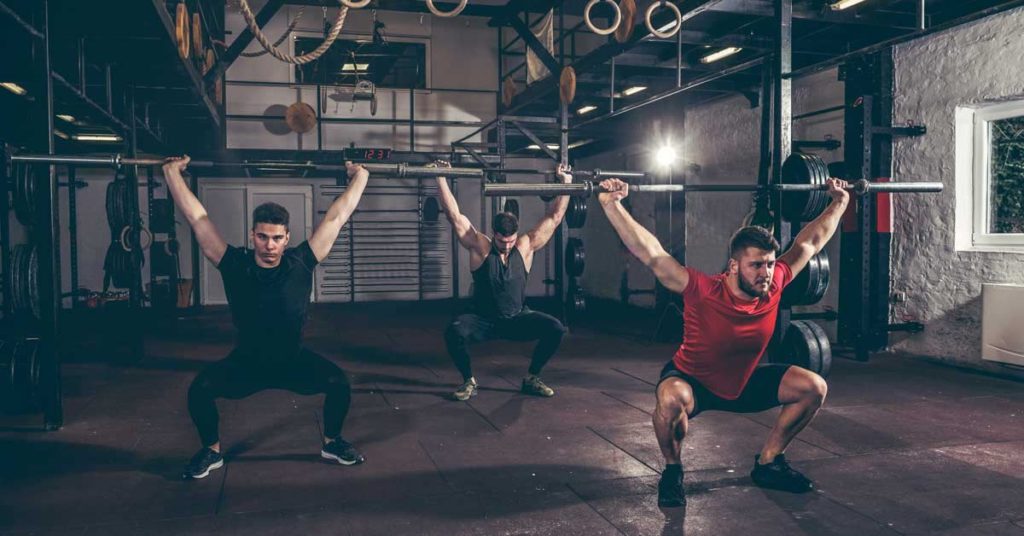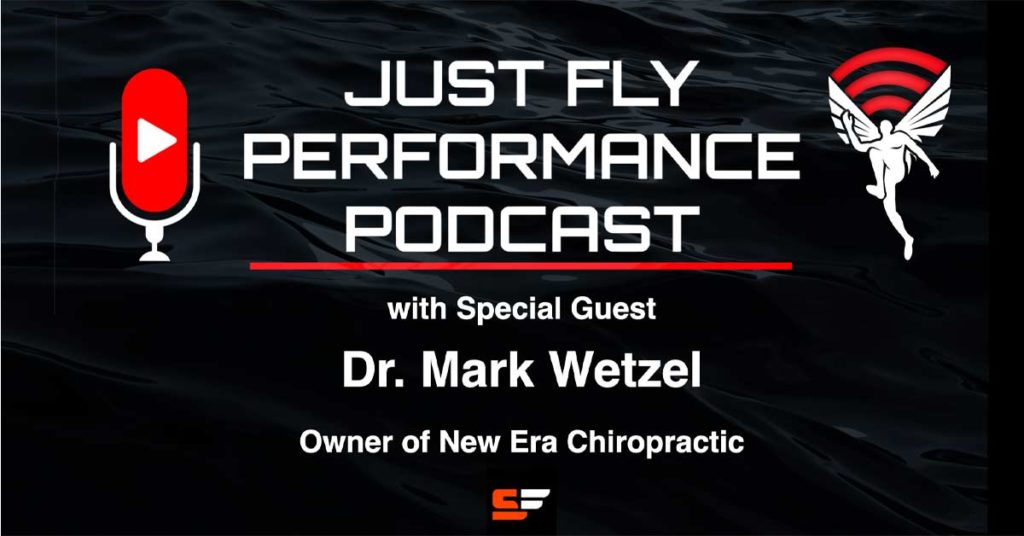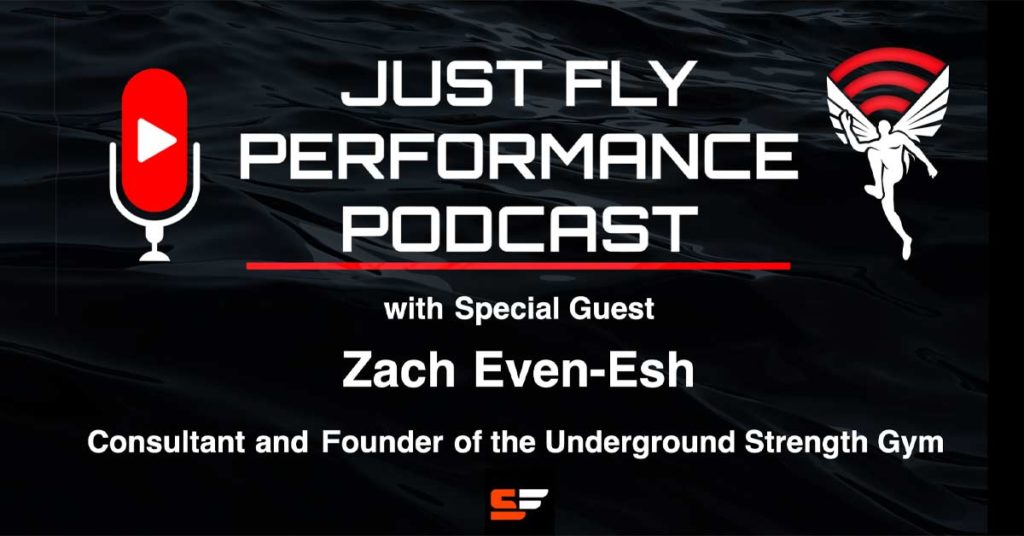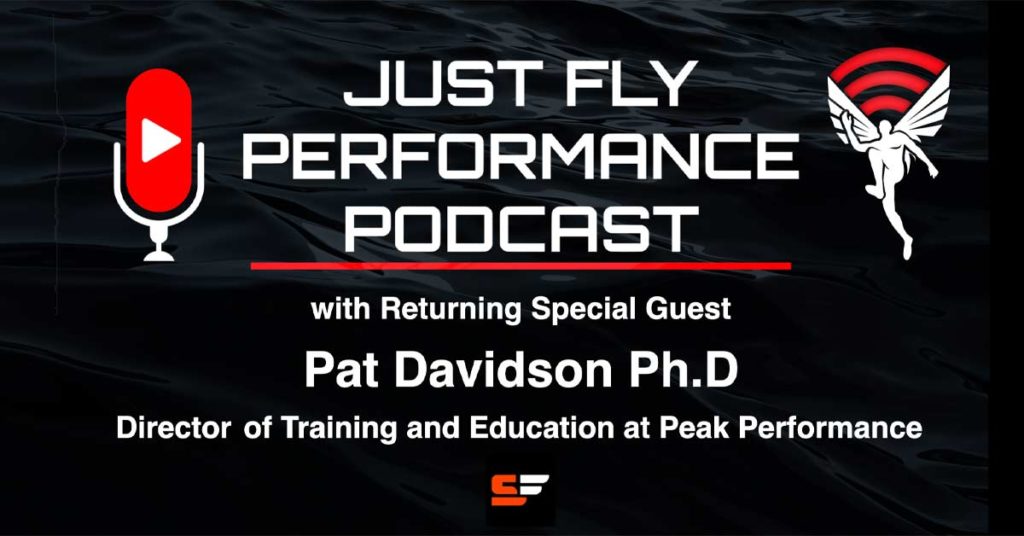
Pat Davidson, Ph.D., is the director of training methodology and continuing education at Peak Performance NYC. Dr. Davidson is recognized as a leading expert in the realm of human movement and performance. He is a sought-after presenter and has traveled worldwide to share what he has learned in more than two decades in the field. Prior to his current work, Pat served as an assistant university professor in exercise sciences at both Springfield College (2011-2014) and Brooklyn College (2009-2011).
Davidson earned his Ph.D. from Springfield College in Springfield, Massachusetts. He is the author of MASS and MASSII, in which he shared his mastery of human physiology, psychology, and strength and conditioning with readers. Pat has been a 175-strongman competitor and was a two-time world championships qualifier, and he also has experience in competitive submission wrestling and mixed martial arts.
In this episode, Dr. Davidson discusses his approach to, and coaching of, improvement for an athlete’s weaknesses without hurting their confidence and the overall training process. He explains how he does this with intentional focus during screens and warm-ups, among other things. He also goes in-depth into his thoughts on general movement screens.
In this podcast, Dr. Pat Davidson and Joel discuss:
- Improving tri-planar function with a focus on rib cage dynamics.
- His thoughts on movement screens as an indicator of athletic performance at a high level.
- His ideas on the usefulness of traditional warm-ups and activation exercises.
- The effectiveness of negative reinforcement in athletics.
- Learning how to streamline the early portion of the workout and spend more time on what really transfers.
Podcast total run time is 1:01:06.
Pat has written about biomechanics and central fatigue for SimpliFaster.
Keywords: movement screen, biomechanics, speed development, mental aspects


